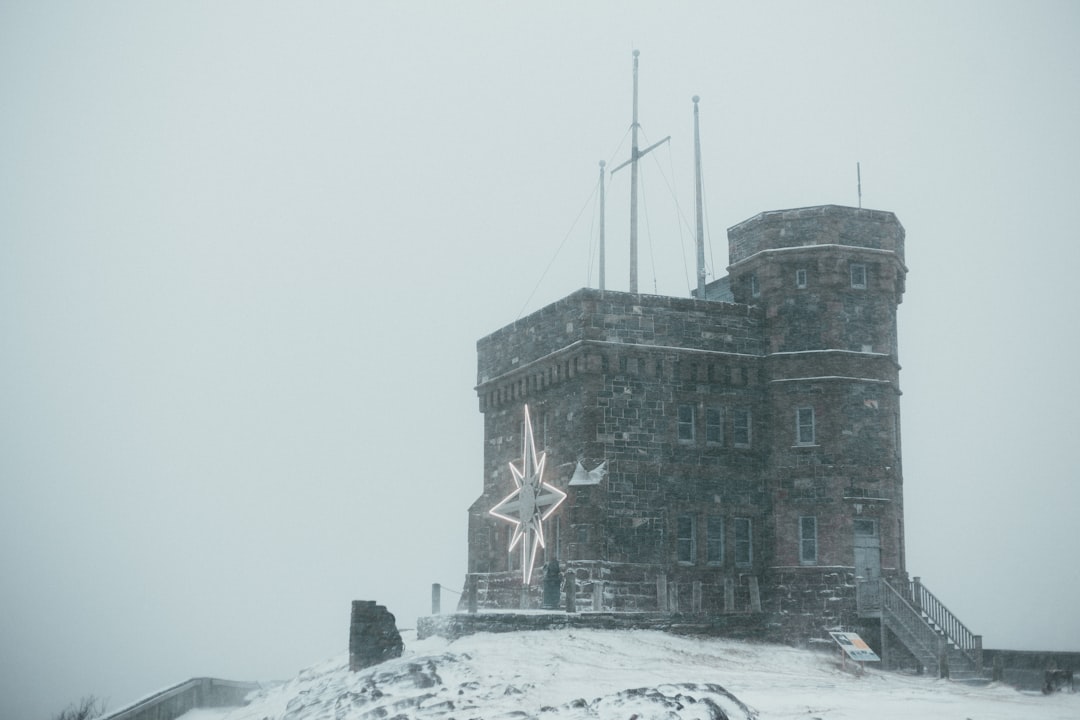What is it about?
Antarctic sea ice melts faster than it grows. A band of low pressure caused by the combined effect of frequent individual storms circles Antarctica. The winds on either side of this low-pressure band provide an Ekman component to sea ice motion. Twice-yearly changes in the position and intensity of these zonal winds work with or against the evolving sea ice edge to slow the autumn advance and hasten the spring retreat.
Featured Image

Photo by Tapio Haaja on Unsplash
Why is it important?
In order to project trends in Antarctic sea ice and understand changes on longer time scales, we need to understand the mechanisms related to the seasonal cycle separately from those that drive variability.
Read the Original
This page is a summary of: Understanding the seasonal cycle of Antarctic sea ice extent in the context of longer‐term variability, Reviews of Geophysics, July 2019, American Geophysical Union (AGU),
DOI: 10.1029/2018rg000631.
You can read the full text:
Resources
Asymmetry in the Annual Cycle of Antarctic Sea Ice
Presentation to APECS International Online Conference 2019, “Breaking Barriers: Promoting Interdisciplinarity in Polar Science”. Abstract: Nearly 16 million km 2 of sea ice grows and subsequently melts each year in the seas surrounding Antarctica. This sixfold increase in sea ice extent effectively doubles the size of the continent each winter. The modest increase in Antarctic sea ice cover observed in the satellite record (1.5 % per decade, 1981–2010) masks substantial interannual and regional variability. Recent record maximum (2012–2014) and minimum (2016–2018) sea ice extents further complicate the picture. Despite such interannual variability, each year, Antarctic sea ice melts faster than it grows (five months vs seven months). Twice-yearly changes in the position and intensity of the zonal winds circling Antarctica are thought to drive the system by working with or against the evolving sea ice edge. The result is a slowed autumn advance and faster spring melt. Open water regions, created by divergence associated with the zonal winds, amplify the spring melt through increased warming of the upper ocean. We explore these processes using the ERA5 reanalyses (1979–2018), satellite sea ice observations (1979–2018) and the 40 historical ensembles (1920–2005) from the CESM-LENS project. A better understanding of the processes controlling the annual cycle of Antarctic sea ice can provide insight into variability on longer timescales.
Why is the Antarctic annual sea ice cycle asymmetric?
Poster for NYUAD 3rd Annual Graduate & Postdoctoral Research Poster Session Abstract: Sea ice is a critical component of the climate system. It affects global climate dynamics through its interplay with planetary albedo, atmospheric circulation, ocean productivity and the thermohaline circulation. Nearly 16 million square kilometres of sea ice grows and subsequently melts each year in the seas surrounding Antarctica, effectively doubling the size of the continent each winter. Compared to the well-publicised, massive decrease in Arctic sea ice extent, there has been a modest increase in Antarctic sea ice cover (1.5 % per decade, 1981–2010). However, this small overall change masks substantial interannual and regional variability and, in recent years, record maximum (2012–2014) and record minimum (2016–2018) extents have been observed. Despite the considerable interannual variability in total Antarctic sea ice cover, its waxing and waning show a well-established asymmetric cycle; in every year of the satellite record, Antarctic sea ice has a faster retreat (5 months) compared to growth period (7 months). Two mechanisms control this asymmetry: (1) twice-yearly changes in the position and intensity of the zonal winds circling Antarctica work with/against the evolving position of the ice edge to slow the autumn advance and hasten the spring retreat, and (2) open water areas created in spring lead to increased warming of the upper ocean, which accelerates melting. The ability of climate models to capture this regular seasonal cycle is a telling metric on how well a model can represent the system. Climate models do a poor job of representing Antarctic sea ice, do not currently capture the observed trends and, for now, remain limited tools to examine the importance of different drivers of sea ice change. However, on the whole, they tend to capture the pattern and timing, but not the magnitude, of the seasonal cycle.
Conceptual model of processes driving the asymmetry in the annual seasonal cycle of Antarctic sea ice
Stages of a conceptual model describing the processes that drive the asymmetry in the annual seasonal cycle of Antarctic sea ice. This conceptual model follows Enomoto and Ohmura, 1990 and the description in Eayrs et al., 2019
Antarctic Seasonal Sea Ice Melts Faster Than It Grows
Eos Editor's Vox highlight of our research
Contributors
The following have contributed to this page










